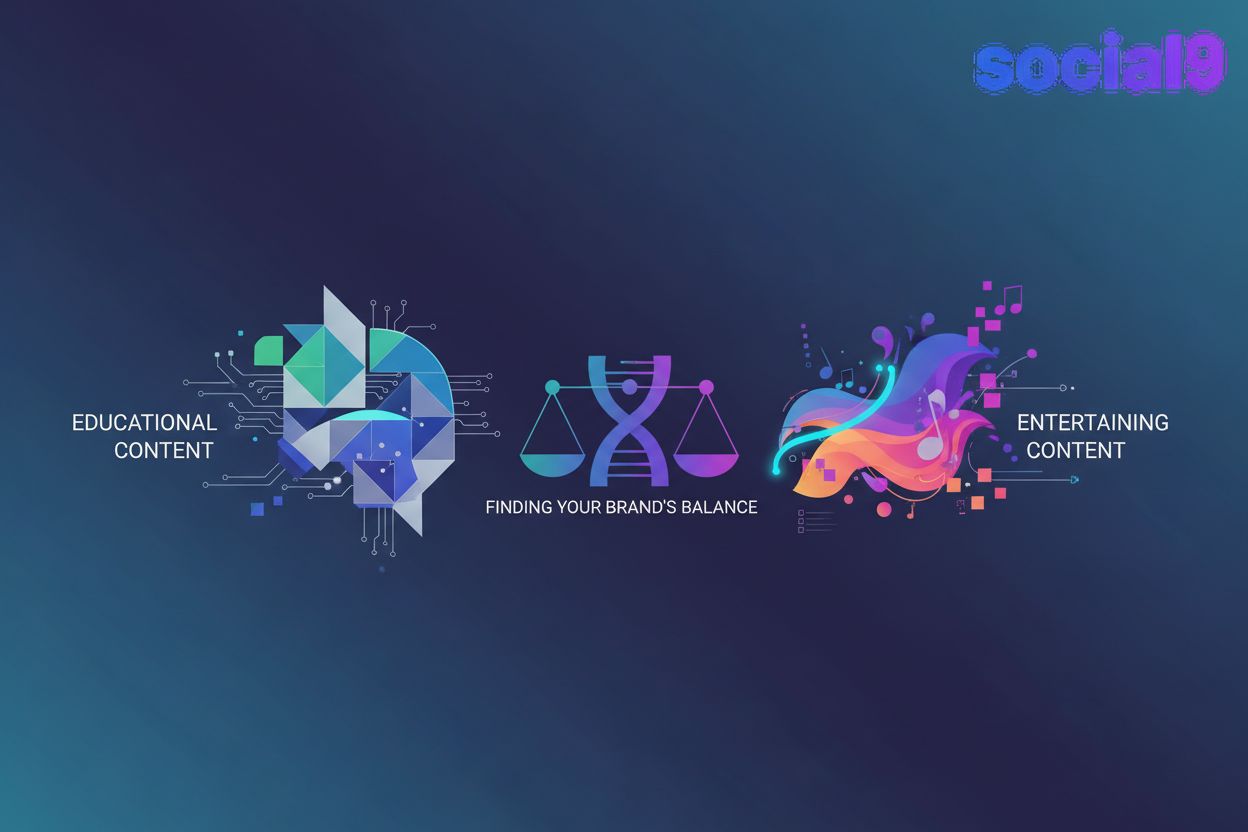Exploring Contemporary Subculture Trends
TL;DR
The Shifting Sands of Subculture: From Underground to Online
Okay, so, remember when subcultures actually felt underground? Seems like ages ago, right? Now it's all...online. It's a trip.
Here's what's shifting:
- Traditional definitions are kinda outdated. Subcultures used to be about geography and shared experiences; now, it's more about online communities. Think about the VSCO girl trend or even the whole e-girl/e-boy thing – those started online.
- Globalization and media changed everything. It's easier for niche interests to find each other, but it also means subcultures get absorbed into the mainstream faster. Like, that goth aesthetic? You can buy it at Hot Topic now, which kinda defeats the purpose, don't you think?
- Digital connectivity is a double-edged sword. It lets people connect, but it also flattens out the culture. According to The Fading Underground: The Decline of Subculture in the 21st Century, subcultures are increasingly becoming aesthetics; stripped of their deeper cultural and ideological significance.
It's not just me saying it, either. A lot of those old-school subcultures, like punk or goth, aren't as visible. I think it's because the internet kinda homogenized things. I mean, why go to a dingy club when you can find everything online? The internet's ability to curate and present vast amounts of information and aesthetics means that distinct, geographically-bound subcultures struggle to maintain their unique identity when everything is so readily accessible and replicable.
But, maybe it's not all bad. Maybe subculture is just evolving, not dying. Let's dive into why the "underground" ain't so underground anymore.
Aesthetics vs. Authenticity: The Social Media Dilemma
Ever notice how a subculture you really dig suddenly becomes, like, everywhere? It's kinda sus, right? Suddenly Hot Topic's selling the look...but is it the real look, y'know?
See, what happens is this:
- Aesthetics take over. Subcultures get boiled down to just the clothes and the vibe. Remember the whole "cottagecore" thing? Suddenly, it was all about the flowy dresses and flower crowns, and less about, like, actually living off the land.
- Authenticity? Gone. It's easy to buy the look, but harder to live the life. The punk scene, for example, was all about anti-establishment ideals. You can't just buy a studded jacket from Shein and call it a day!
- Social media blurs the lines. Instagram and tiktok are flooded with micro-aesthetics. It's all about the image, not the substance. People remix symbols without knowing what they mean.
It's like, you see someone rocking a certain style, and you're not sure if they're actually part of the culture, or just cosplaying. It’s a weird line to straddle, and it’s only getting weirder. This line is getting blurrier because the sheer volume of curated content and the ease of digital replication means that visual signifiers of a subculture can be easily adopted and displayed without any deep understanding or lived experience of its core tenets.
Fast fashion is a big culprit. Suddenly, those niche looks are mass-produced and marketed to everyone. As Subculture Evolution: Exploring Its Relevance In Contemporary Culture notes, companies strip away the substance, selling you a cheap dream.
Where do we go from here? Next, we'll dive into how this commodification affects the meaning of subcultures.
Gen Z and the Redefinition of Subculture
Okay, so Gen Z...are they killing subcultures, or just, like, remixing 'em? Honestly, it's probably a bit of both. I mean, remember when subcultures were all about rebellion? Things are different now.
Here's the deal:
- Culture as a "playground": Gen Z treats culture like a giant sandbox. They're more likely to mix and match different styles and ideas without necessarily committing to one specific subculture.
- Self-expression over rebellion: It's less about sticking it to the man and more about showing off your unique self. This generation is all about being authentic, even if it means creating their own thing.
- Digital identity: Social media is where it's at. Gen Z uses platforms like TikTok and Instagram to craft their identities, but it's more fluid than ever.
Think about it – you see someone online rocking a goth look one day, then switching to cottagecore the next. It's easy to adopt the visual elements of a subculture without necessarily engaging with its deeper history or community, making the distinction between genuine participation and aesthetic adoption increasingly difficult to discern.
So, what's next? Let's dive into how these trends affect the content we consume.
How Subculture Trends Shape the Content We Consume
The way subcultures are forming and evolving has a pretty big impact on what we see online and in media. It’s not just about what’s popular; it’s about how those trends shape the very fabric of digital content.
- Micro-trends and rapid cycles: Because subcultures are now so fluid and often born online, they can explode and fade much faster. This means content creators have to be constantly on the lookout for the next big micro-trend, leading to a faster churn of content. Think of those viral TikTok aesthetics that last only a few weeks.
- Niche audiences, targeted content: With subcultures being more fragmented and online, it's easier for creators to identify and cater to very specific niche audiences. This leads to more personalized content, but also potentially more echo chambers where people are only exposed to what aligns with their chosen aesthetic.
- The rise of the "aesthetic curator": Instead of deep dives into a subculture, content often focuses on curating the visual and auditory elements. Think mood boards, "get ready with me" videos showcasing a specific aesthetic, or playlists that capture a certain vibe. The substance is often secondary to the presentation.
- Commodification drives content creation: Brands and creators are quick to capitalize on emerging subcultures. This means a lot of content is geared towards showcasing products that fit a particular aesthetic, blurring the lines between genuine cultural expression and marketing.
Ultimately, this means the content we consume is becoming more visually driven, more fragmented, and often more about adopting an aesthetic than understanding its origins or deeper meaning.
Implications for Content Creators and Marketers
Okay, so how do you actually use all this subculture stuff without, like, totally missing the point? It's a tricky balance, but definitely doable.
- Authenticity is key, man. Don’t just slap a trendy aesthetic on your product and call it a day. You have to actually understand the values and beliefs of the subculture you're trying to reach. This means going beyond just the surface-level visuals and understanding what drives the community.
- Avoid cultural appropriation like the plague. Seriously, do your research, and make sure you're not just ripping off someone else's culture for profit. Understand the history and significance of symbols and styles before you use them.
- Leverage trends...carefully! Keep an eye on what's popping, but don't jump on the bandwagon just because everyone else is. Focus on how you can genuinely connect with an audience through shared interests, rather than just chasing fleeting popularity.
It's all about building genuine connections, not just chasing likes.





